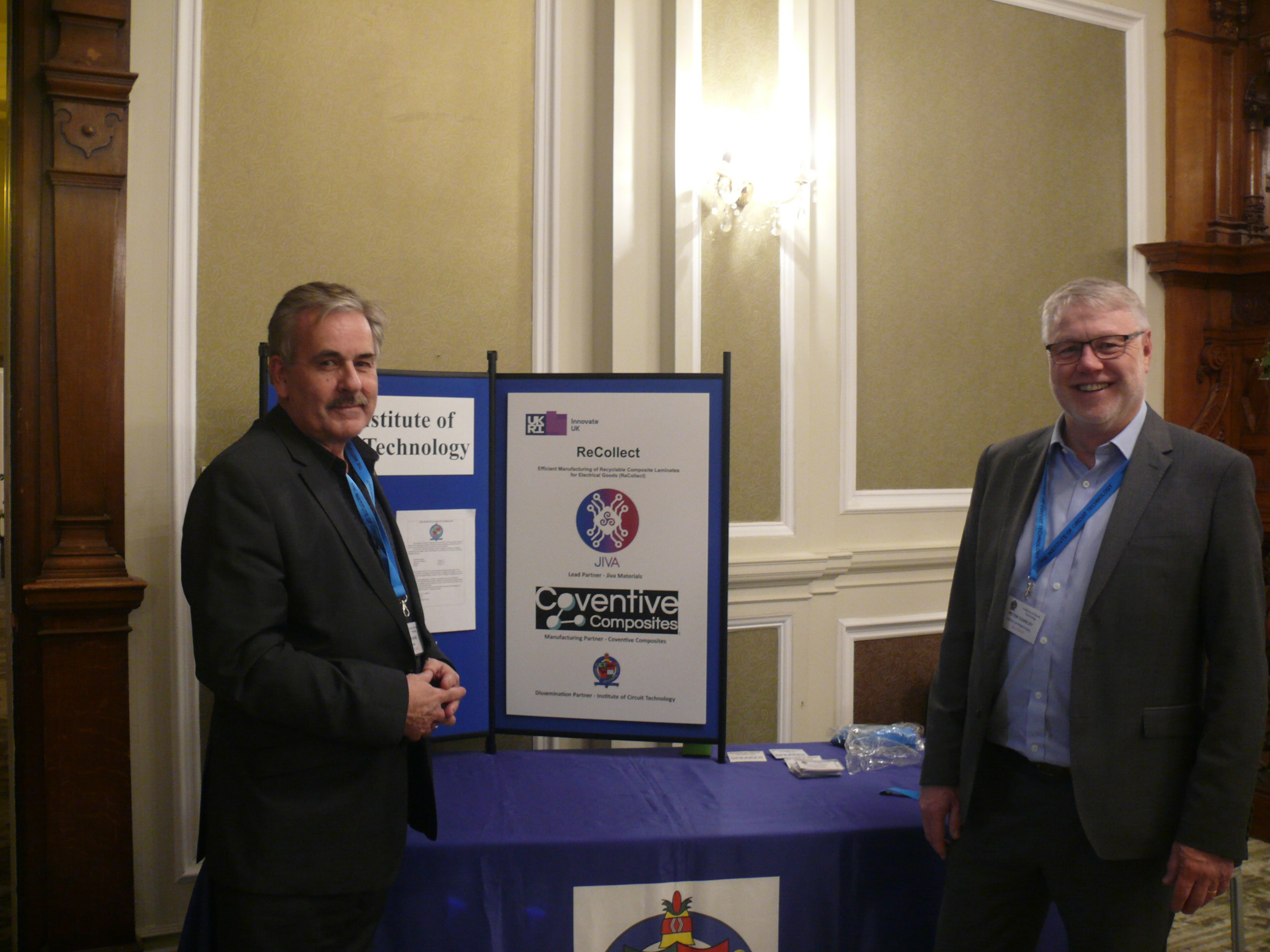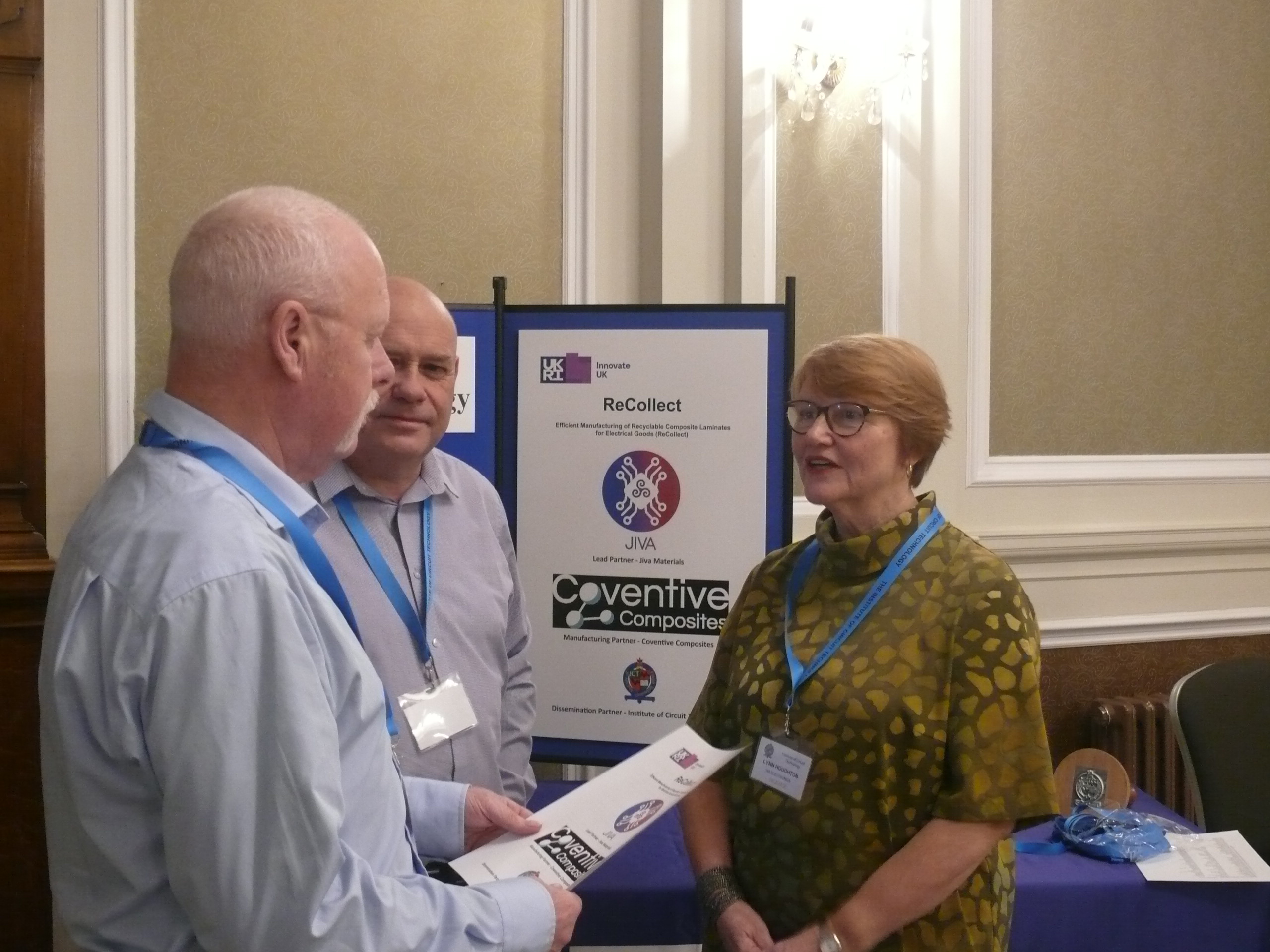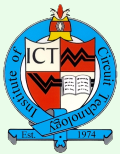
ICT Evening SeminarHarrogate5th December 2019
|
|
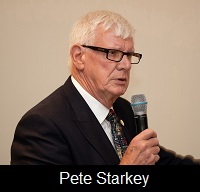 |
Since 2016, the Institute of Circuit Technology (ICT) has held its Northern area Christmas seminar at the Majestic Hotel in Harrogate—the elegant and historic English spa town in North Yorkshire. I commented last year that the Victorian splendour of the palatial and stately Majestic was steadily deteriorating. The current owners apparently shared that opinion and have driven it back up-market with a £15M makeover and a new spa. It was a very nice conference venue, but overnight accommodation was now rather pricey for many of the participants who chose to stay elsewhere. |
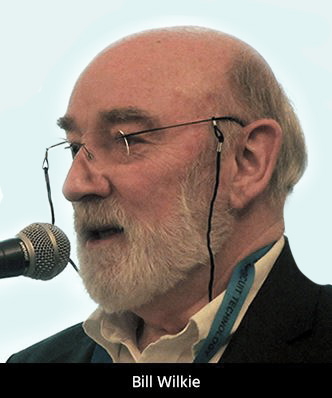 |
Delegates travelled from far and wide, some from overseas, to attend this popular ICT event, expertly organised by technical director Bill Wilkie. He welcomed all participants, acknowledged the generous support of FineLine Global, and reported the success of the new-look Journal, which included a voice-over PowerPoint of Frank Ferdinandi’s presentation at the Meriden seminar. He believed that features of this type would particularly benefit members as far away as St. Petersburg and California, who did not have the opportunity to attend in person. |
 |
A reminiscence from the days of spin-coating photoresists, and accidentally coating his trousers, provided Wilkie with a tenuous connection for introducing his first speaker, Dr. Chris Hunt from Pireta, to discuss how harnessing circuit board technology could revolutionise the e-textile technology and wearables market. With a background of over 40 years as a leading research scientist at the National Physical Laboratory, Dr. Hunt had set up Pireta to develop the concept of integrating functional electronics into wearable textiles without affecting their handle, drape, stretchability, or breathability. The approach was radically different to processes that used printed conductive inks or stitched conductive thread into fabrics and was based on the principle of bonding a thin metallic layer on to the fibres of the textile, using commercially available chemistry; this resulted in the textile itself becoming conductive at fibre-level with no impact on its desirable physical properties. Pireta had patented a fully additive nanoparticle catalytic bonding process for applying copper to individual textile fibres, with a process sequence resembling that used in the metallisation of PCBs. The fabric was initially conditioned with a sodium hydroxide-based solution, and then activated with a cationic polyelectrolyte linking agent. Nano-metal particles were attached using a printing process, followed by building-up a metallic layer by electroless plating and final passivation by metallic or organic coating. Dr. Hunt’s examples involved silver nanoparticles, which were produced by the reduction of silver nitrate in solution, existing initially as 20-nanometre particles, aggregating at the surface to 50–100 nanometres, and acting as sites for the deposited metal to grow. The process was applicable to a wide range of fabrics—knitted, woven or non-woven, natural or synthetic—and resulted in a highly conductive deposit, even at radio frequencies, with robust wash, stretch, and fold performance. Large areas could be rendered conductive if required, complex designs could be patterned by a simple printing process, and the fabric could be dyed afterwards. Dr. Hunt also showed a video demonstrating “truly wearable technology,” with the versatility to be employed “on any textile, at any stage, on any scale, and in any sector.” Applications are proliferating, and the global smart textile market is projected to exceed $5B by 2022' |
 |
Print your own circuit boards! The second presentation came from Karl Miles, technical sales manager with Peak Group—U.K. distributors for the Voltera V-One desk-top package for prototyping single- or double-sided PCBs. Designed to be quick and simple to operate with a straightforward user interface, the integrated package was a dispenser-based printer capable of operating with cartridges of conductive ink or solder paste with a maximum print area of 5.0” x 4.1” and minimum track and gap 0.008”, working from a conventional Gerber input. The standard substrate was unclad FR-1 paper-phenolic laminate, available in a range of sizes from 3” x 2” to 5” x 4” and thicknesses up to 3 mm, including templates for Arduino and Raspberry Pi projects. Unclad FR-4 laminate could be used in applications where drilling was not required. The system had a heated platen capable of reaching a maximum temperature of 240°C in about two minutes. Curing the silver-based conductive ink was accomplished in 30 minutes at 200°C. Once the first side had been cured, it was possible to print a second-side pattern to yield a two-layer circuit. Interconnection between the two sides could be achieved using metal rivets in drilled holes, and a bolt-on CNC drill attachment for FR1 was available for drill sizes from 0.7–1.6 mm. In its alternative mode, the printer could be used as a solder-paste dispenser for pad sizes down to 0402, using a cartridge of tin-bismuth-silver paste. After hand-placing the components, the assembly could be reflowed using the same heated platen as used for curing the conductive ink. As a means of taking breadboard projects to the next level, the system had appealed to academic and educational establishments, hardware startups, and other companies that needed rapid, low-cost prototype circuits and assemblies. |
 |
Next, two eagerly awaited analyses of trends in the global electronics and PCB industries were presented. The first was from Francesca Stern, ICT council member, the second from Walt Custer, ICT member, who apologised that because of ill-health, he could not be present but had delegated his presentation to Alun Morgan, chairman of EIPC. Francesca Stern started with her end-of-year round-up. According to Office for National Statistics figures, 2018 had been a good year for U.K. electronics production with an average growth of 14%, although it was likely that the 2019 figure could be as low as 2%. Germany had shown negative growth for the first half of 2019, but the situation was improving slightly. In Eastern Europe, Hungary and Poland had remained positive. Growth in electronics production in the USA had declined from 6.2% in 2018 to 2–3% in 2019, and the Japanese industry had gone negative. No current figures were available for China, but it was known that base-station production had plummeted. Looking at printed circuit production, the value of the PCB market in the U.K. in 2018 was £199M, of which £129M was manufactured domestically. The corresponding figures for 2019 had been estimated as £179M and £110M. The estimate for world PCB production in 2018 was £49.7B ($66.3), of which China 54%, Taiwan 12%, South Korea 11%, North America 5%, and Europe 3.5%. Europe was showing negative growth—particularly Germany—the USA was trending in that direction, and there were pessimistic forecasts for Japan. |
 |
Walt Custer’s analysis, presented by Alun Morgan, showed a similar pattern. Global growth had been slowing, the main issues being tariffs, trade disputes, and uncertainty in Europe regarding Brexit. As a consequence of trade disputes, production in Asia was being moved around. For example, Taiwanese companies were moving manufacturing out of China. And disruption could continue for years to come. Global purchasing managers’ indices were “useful but sobering leading indicators” and indicated no growth, whereas those for Europe showed a definite contraction, especially Germany. Although volume markets were currently flat, emerging markets included autonomous cars, internet of things (IoT), industrial internet of things (IIoT), cloud storage, 5G handsets and infrastructure, virtual and augmented reality (VR and AR), artificial intelligence (AI) and machine learning, smart cities, smart agriculture, drones, robots, wearables, 3D printing, and health care. Looking at the value of world PCB production in 2018, Haiyo Nakahara’s estimate was $74.5B, with China’s share being 54.4%, America 4.2%, and Europe 3.1%. Michael Gasch’s figure for Europe was €1921M, Germany accounting for 43.7% of this total, and the U.K. at 8.7%. Gasch had commented that Europe will most likely close 2019 10% down against 2018. The number of PCB shops in Europe has declined since 2012 from 284 to 202 in 2018, mainly the smaller sub-€10M shops, although the number of staff employed had remained fairly steady in the 16,000s. |
| Hans Friedrichkeit believed that an economic turnaround had probably been reached, with the first glimmer of hope in the German industry. The downturn in incoming orders had slowed, although production was likely to fall further in the short term due to the decline in past orders. He considered that the automotive industry was likely to stabilise, since new car registrations in Germany had risen by 3% year-to-date, and PCB companies with a high share in the automotive industry would benefit. Globally positioned and technologically highly differentiated PCB manufacturers saw their earnings more than halved versus the previous year, but for 2019 as a whole, sales were expected to remain at 2018 levels, with a positive outlook. “It looks as if the bottom of the economic valley of tears has been passed.” | |
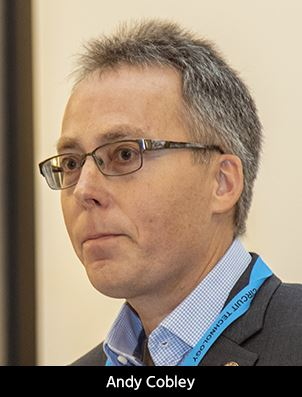 |
Professor Andy Cobley, ICT chairman, brought proceedings to a close, thanking speakers for sharing their knowledge and experience, delegates for their attention and support, FineLine for their kind sponsorship, and giving a special thanks to Bill Wilkie for his smooth and professional organisation of another successful event. The networking continued over a convivial Christmas-themed supper. |
|
ReCollect Efficient Manufacturing of Recyclable Composite Laminates for Electrical Goods Recollect is an Innovate UK funded project, to develop and exploit fully recyclable substrates for the Electronics Industry. The ICT are Dissemination Partners with Jiva Materials the Lead Partner and Coventive the Manufacturing Partner Steve Payne, ICT council discussing the Recollect Project with Peter Coakley of Ventec International, suppliers of base laminate. |
|
|
Lawson Lightfoot, ICT Council, Lynn Houghton, ICT Journal Editor, discussing the Recollect project with Erik Butchert, CCI Eurolam, suppliers of base laminate. |
|
|
Reproduced by kind permission of I-Connect007. I am also grateful to Alun Morgan for allowing me to use his photographs. Pete Starkey December 2019 |
|

